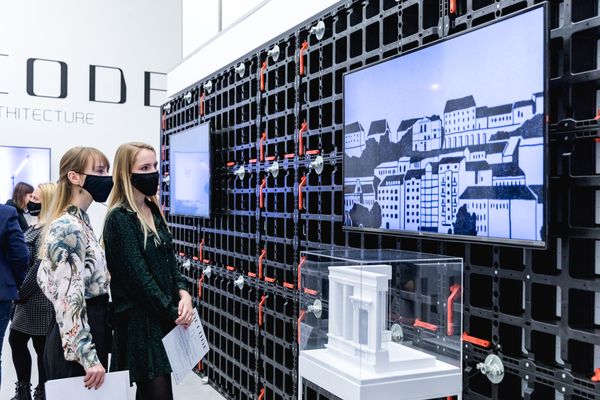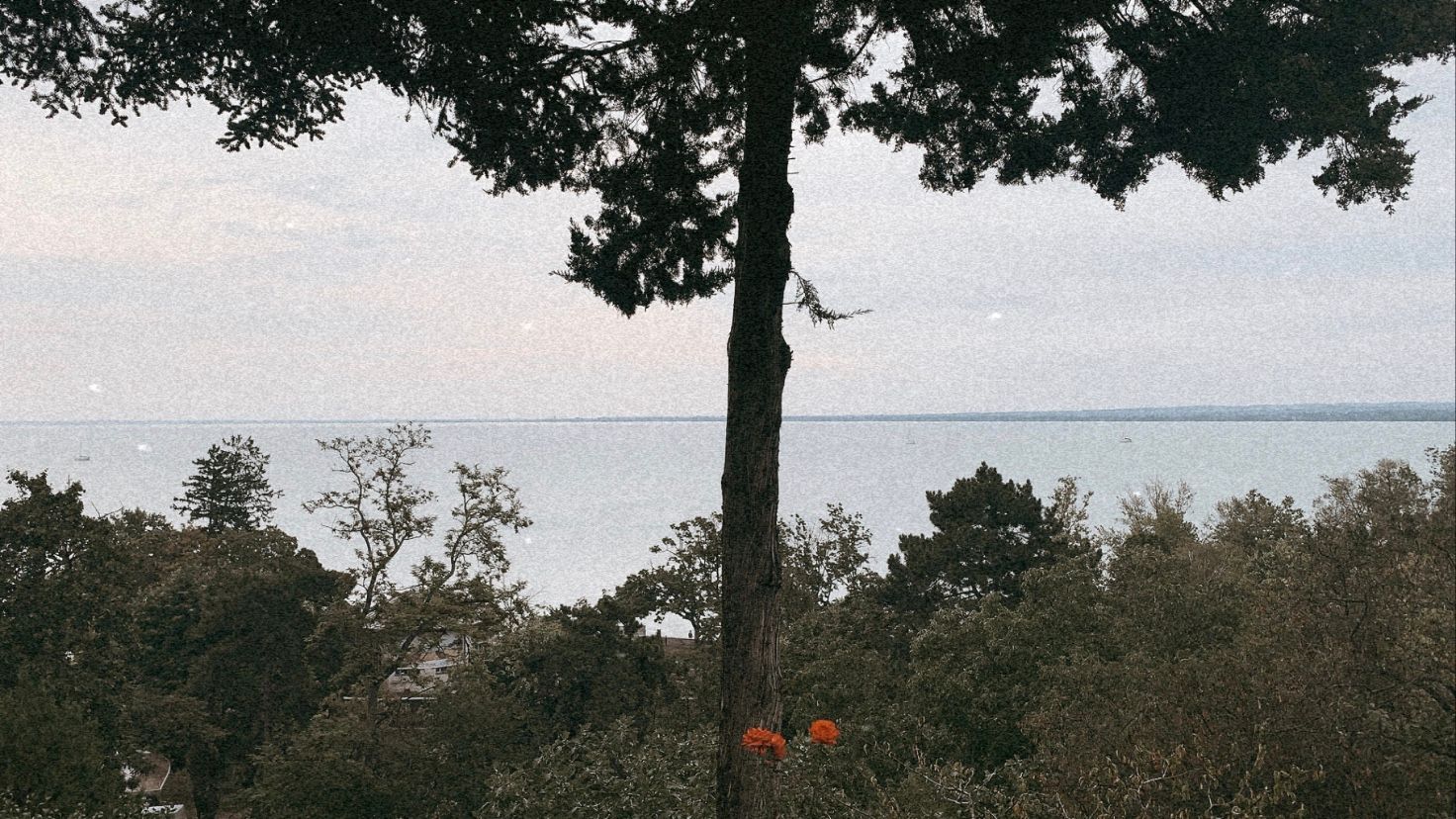Whether someone likes the southern or northern shore of Lake Balaton mainly depends on their holidays as children – spent at grandparents, youth camps and other retreats. It’s Siófok’s shallow waters and charming clubs versus the calm hillside with amazing wine-tasting opportunities. It is a little bit like the relationship between Pest and Buda – they complement each other well, but are very different both in terms of terrain and functions. Of course our priorities can change over time: proven best by how even we, confirmed southerners surrendered to the North this summer. In the latest episode of our Trip Vibes series, we focus on Tihany, one of the most gorgeous villages of the Balaton Uplands, as Lake Balaton does not only provide great destinations during the summer: it offers great outdoor adventures all year long.
In our “Trip Vibes” series, we also invite a creative expert connected to the spot presented in one way or another to share their thoughts about the given place, allowing our readers to explore the selected locations through their perspectives, too. In the case of Tihany, we asked graphic designer Ákos Polgárdi, one of the founders of SUBMACHINE studio.
Located on the Tihany Peninsula reaching deeply into Lake Balaton, Tihany is undoubtedly one of the most beautifully situated villages of Hungary. On the ferry connecting Tihany with Szántód on the southern shore at the narrowest and at the same time deepest section of the Hungarian sea, the marvelous northern hills emerge before our eyes while allowing us to admire the extraordinary greyish-green color of the lake.
The Tihany Abbey established by Andrew I, which has become a symbol of the town, can be seen from quite afar – it stands on the edge of the volcanic mountain range of the peninsula steeply descending to the east. Its orientation is adjusted to the rising sun, similarly to old churches. Currently it serves as a monastery, forming part of the Hungarian Benedictine Congregation since May 2012. Another famous landmark of the village visitors can still experience today is the echo of Tihany, formed between the Tihany Abbey and the Visszhang-domb (Echo Hill) at the time when there were no buildings that could have acted as barriers to the sound. Even though this area has been built up since then, they say when the weather is clear and calm, the phenomenon can still be observed, primarily during the winter.
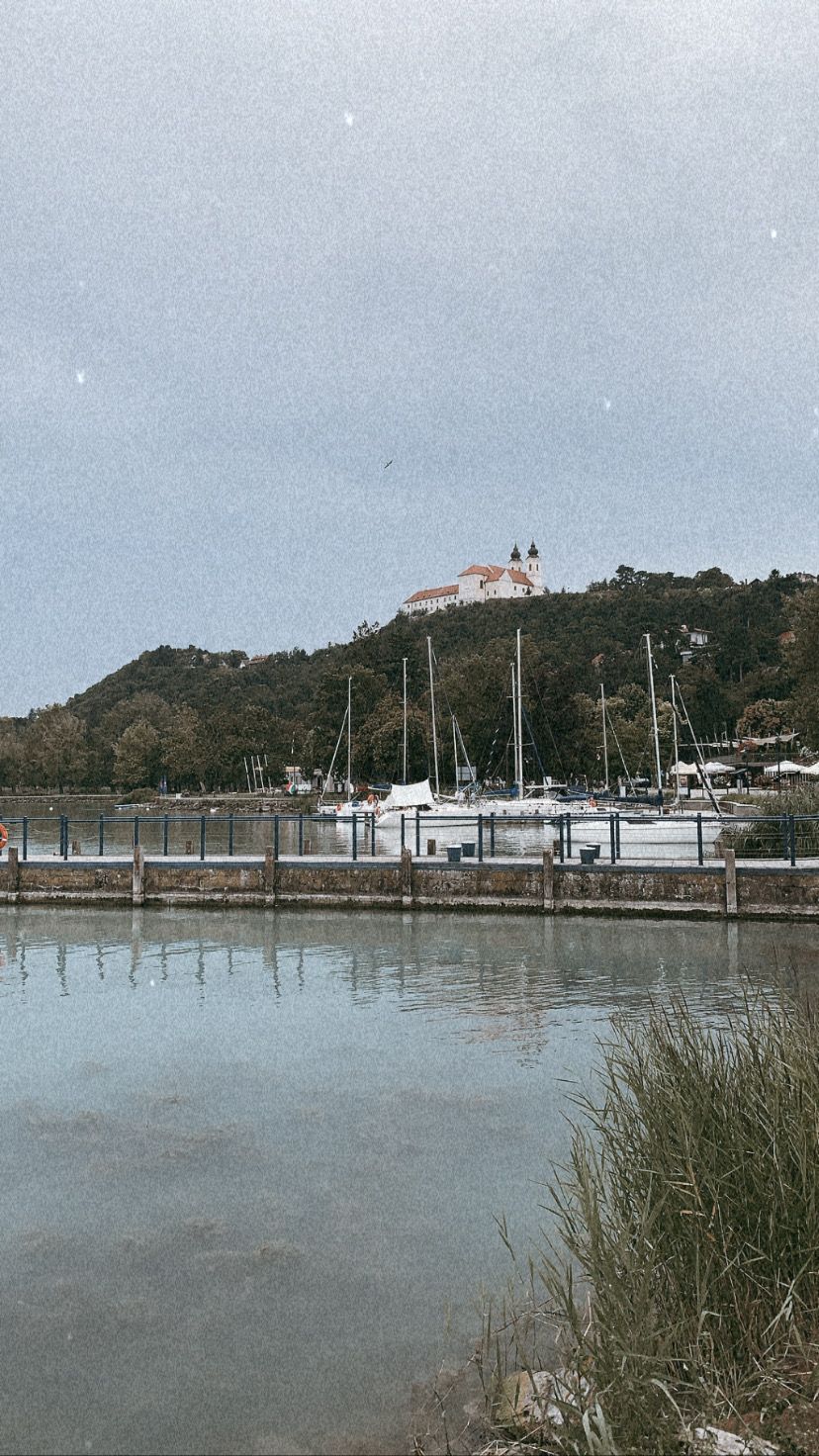
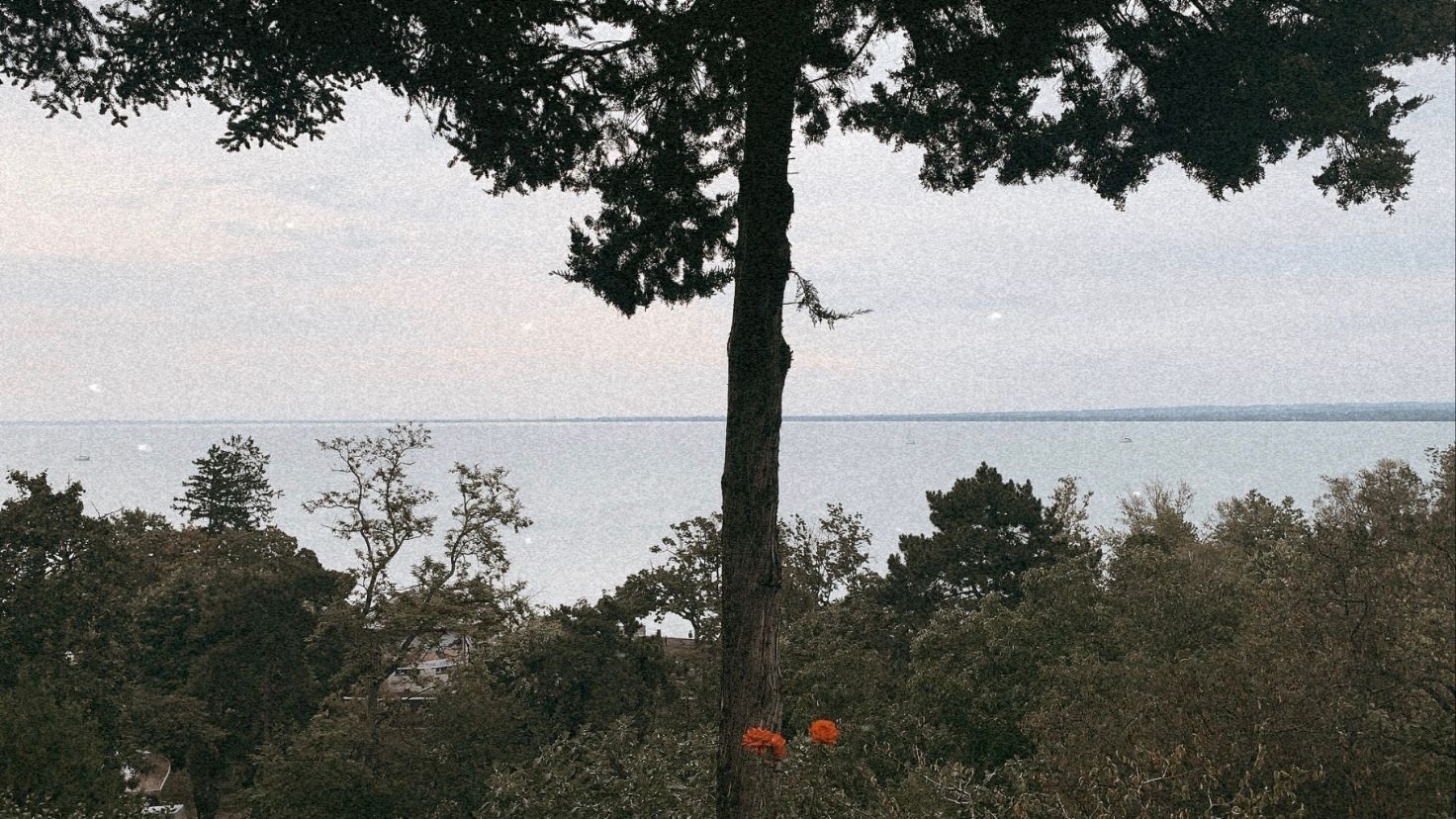
In addition to the lavender fields evoking Provence, one can also find an unmatched geyser field, a crater lake and hermitage carved into cliffs, yet our favorites are the typical houses of Tihany built of local natural stones, as well as the fantastic views provided by the hillside and the steep streets, not to mention the former Sportszálló at the shore of the lake and its cool “Sport” sign.

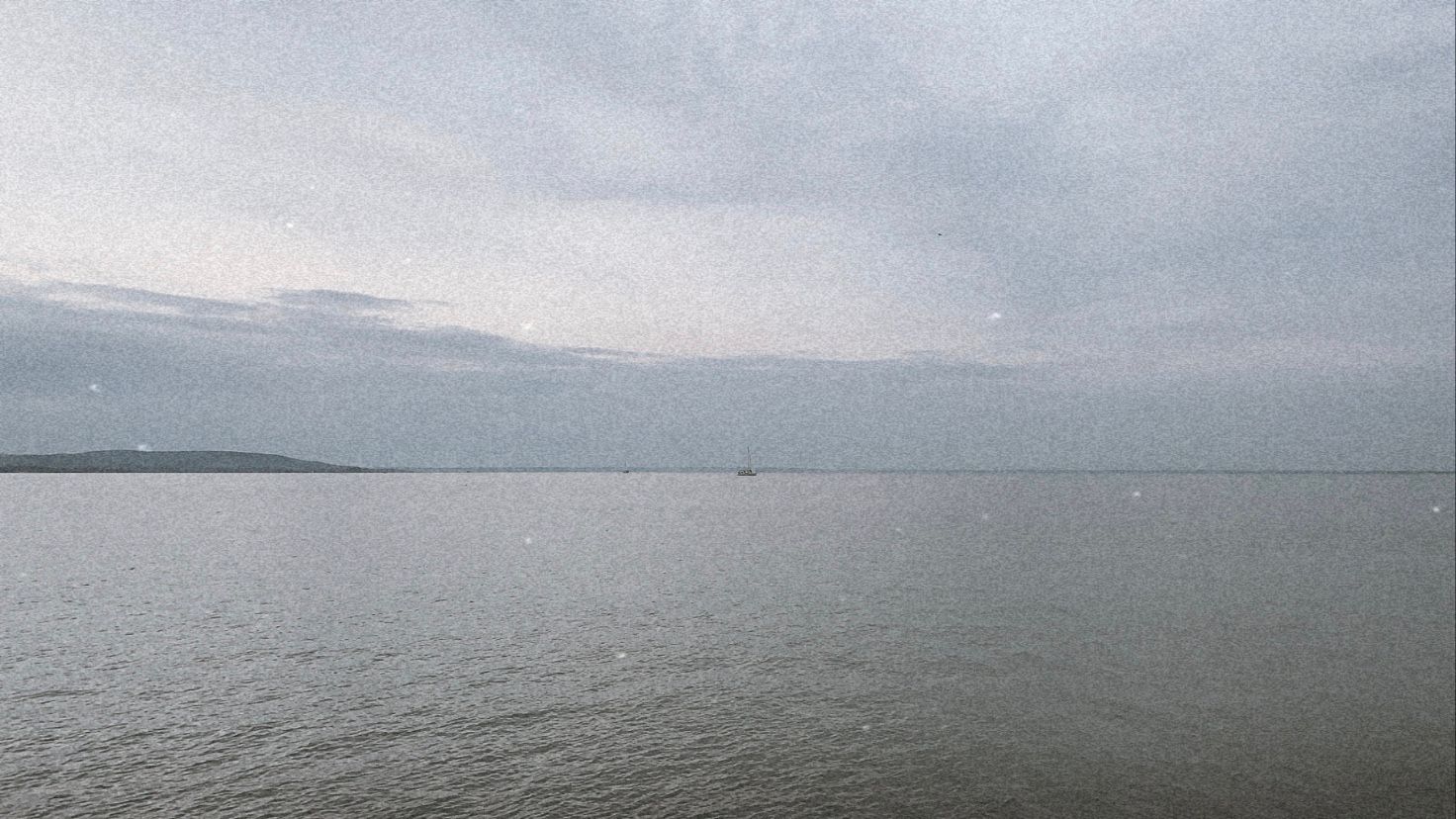
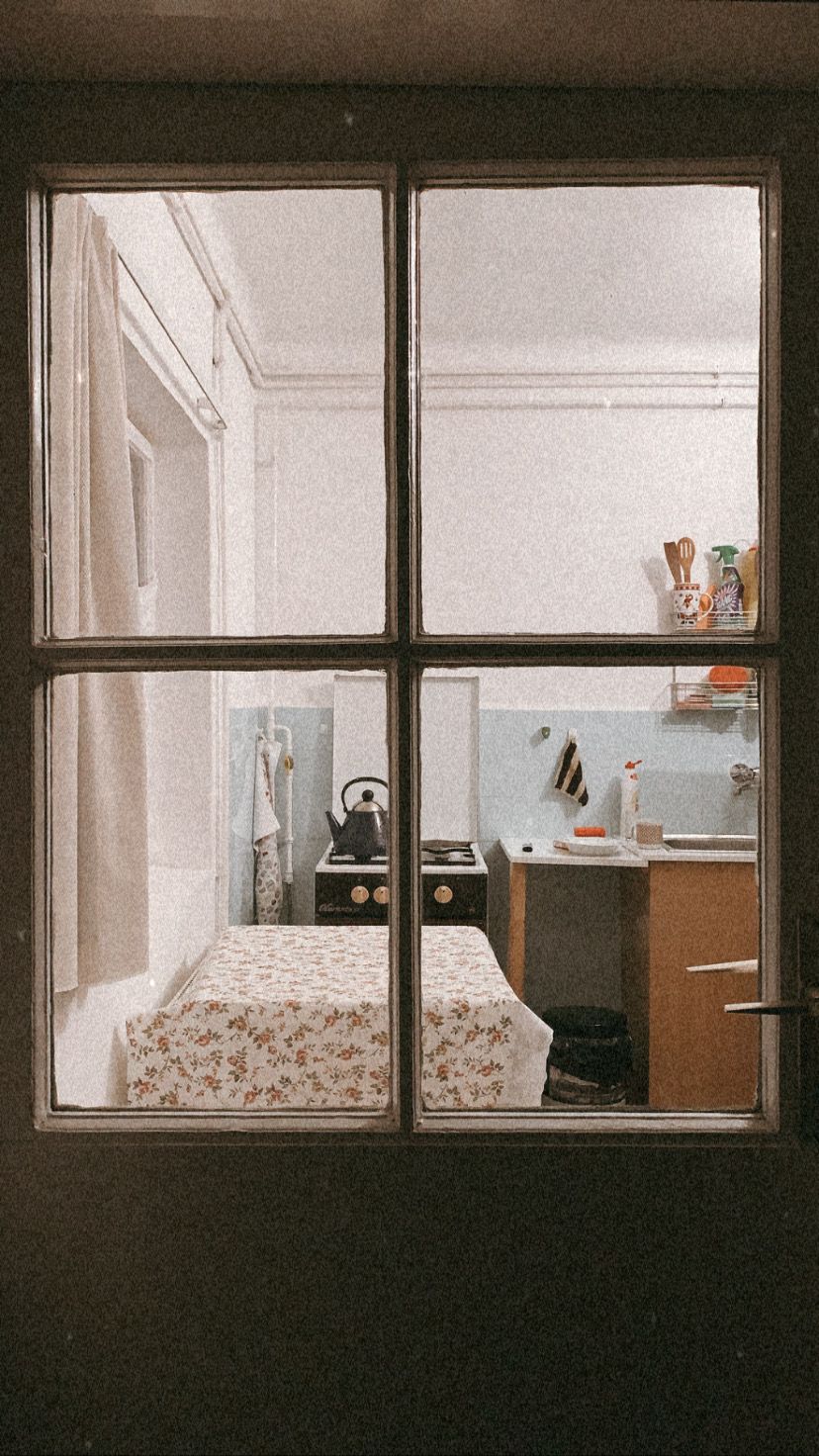
When in Tihany, you should also explore the neighborhood a bit: take a walk on Tagore promenade in Balatonfüred, hike at Hegyestű, Monoszló, have lunch in Folly Arboretum – the list could go on and on. The water, the mountains, the historical memories, the grapevines and gastronomy form a perfect harmony here, in the Balaton Uplands, which is a place worthy of visiting every year.
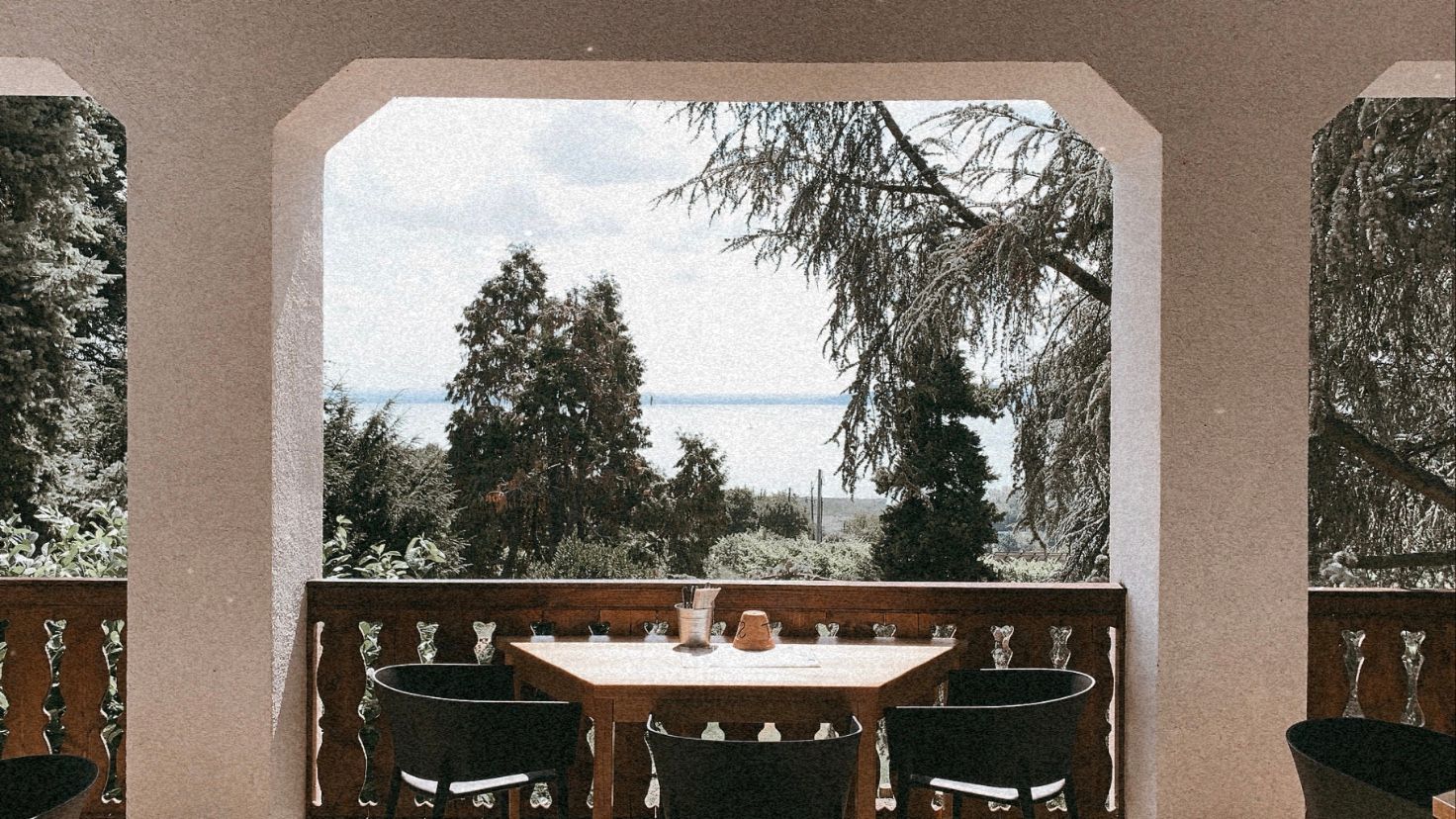
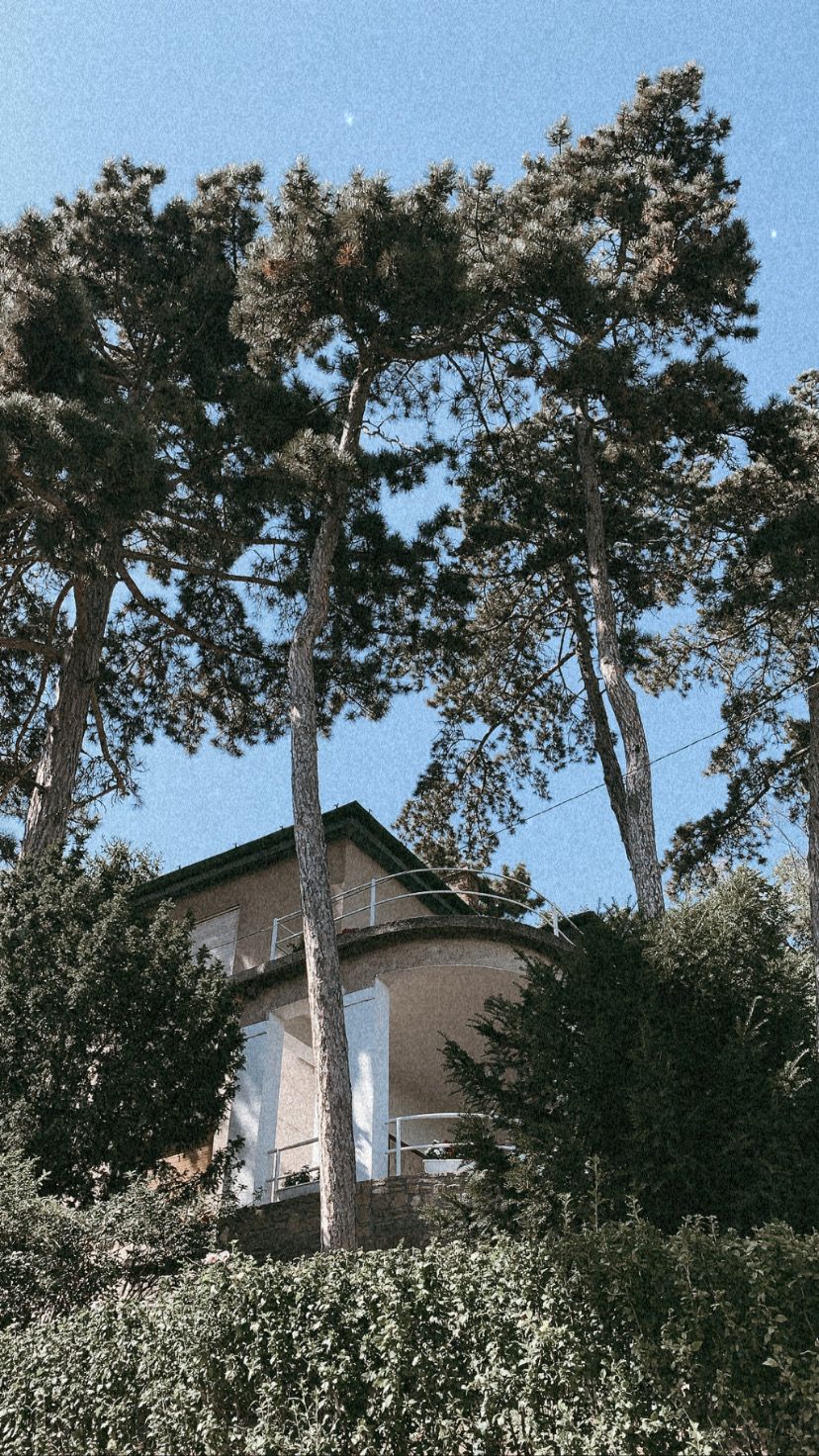
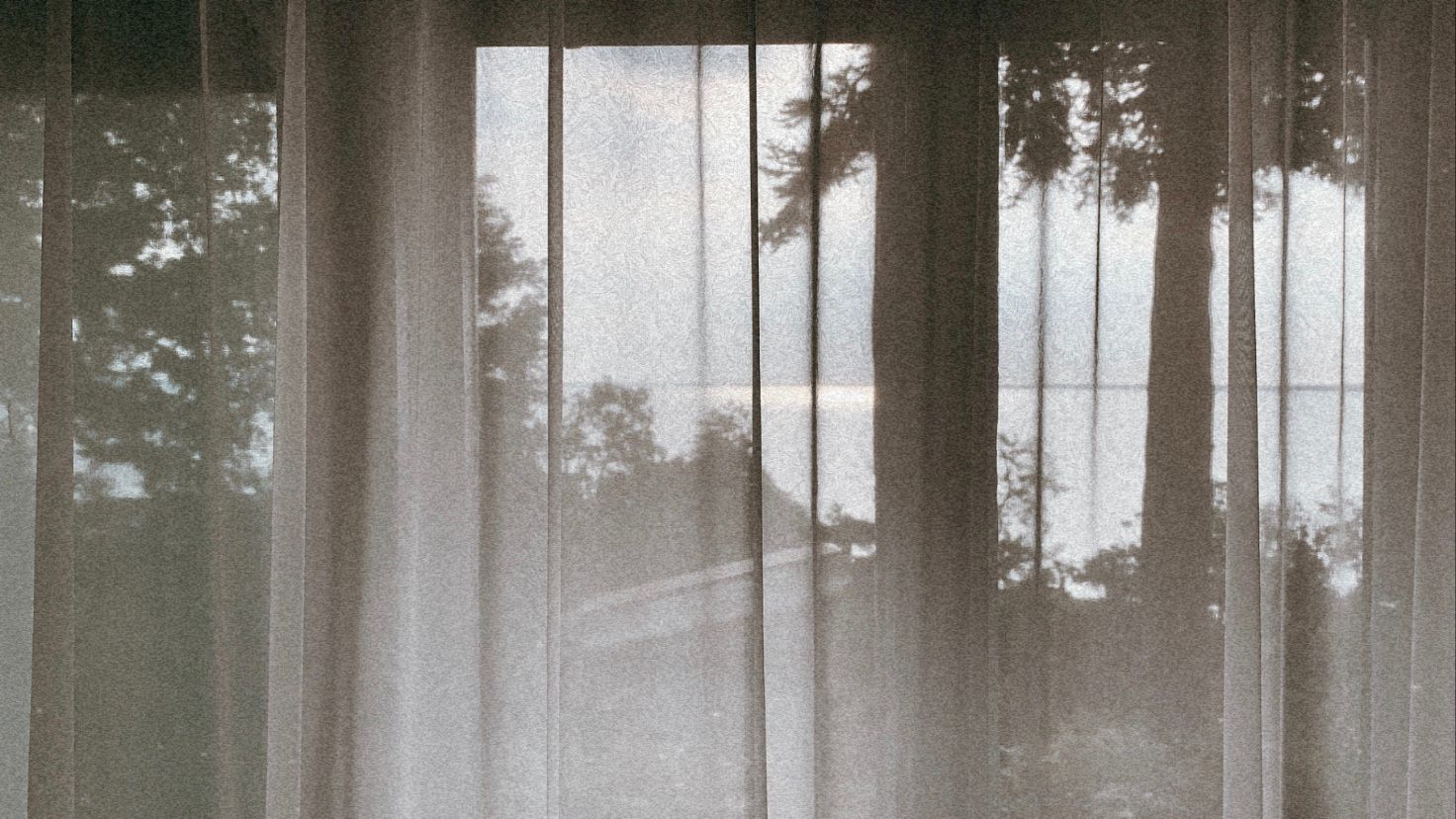
Even though graphic designer Ákos Polgárdi, one of the founders of SUBMACHINE studio grew up in Balatonfüred, Tihany is closer to his heart in many ways. As a child, he used to spend his summers here at his paternal grandparents, and he even went to kindergarten here – Tihany was his second home for a long time. This time we asked him about how this village at Lake Balaton influences him, and what he takes away to his everyday life in Budapest.
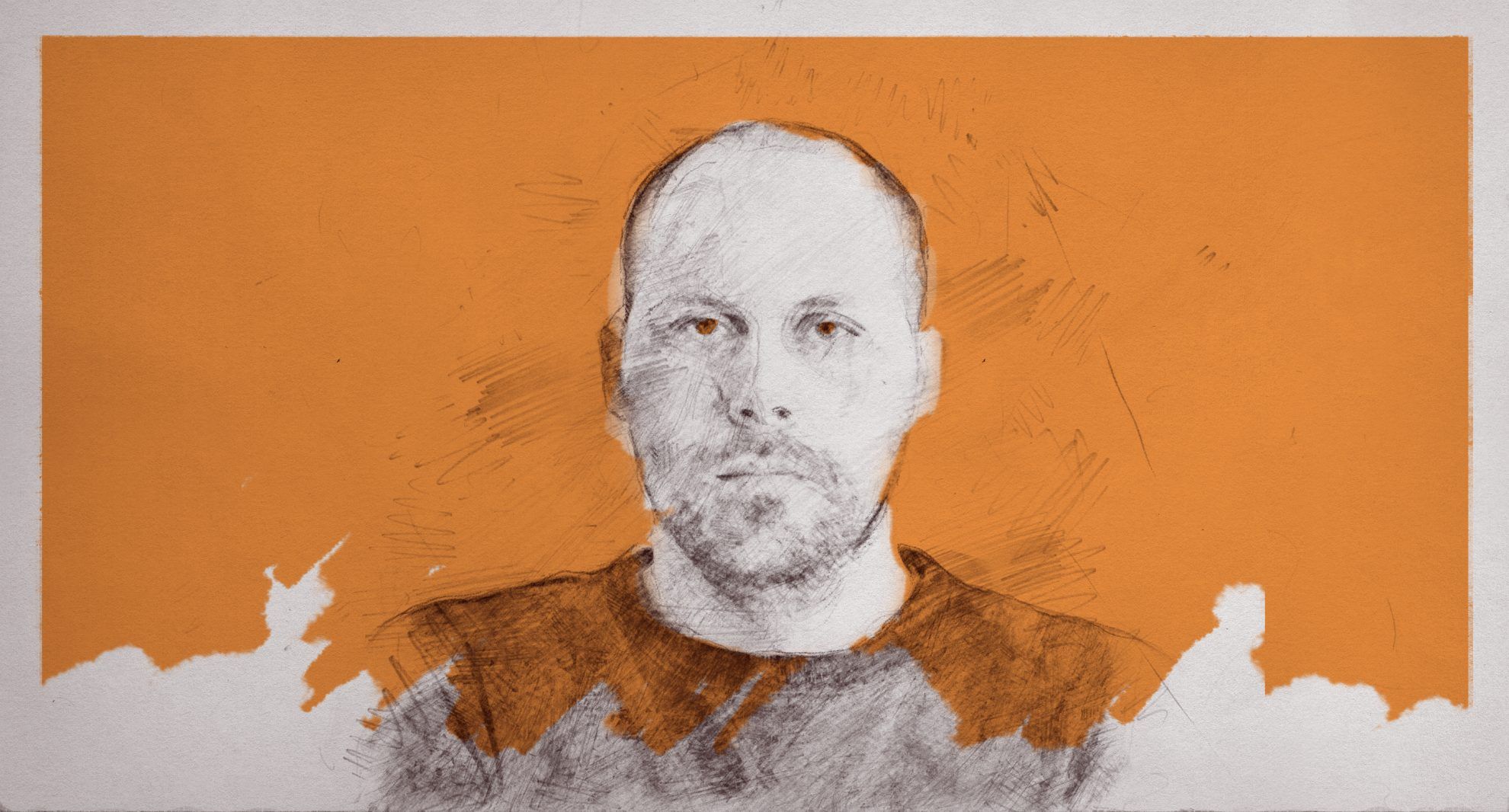
“Tihany gives half of my childhood identity – this is where my paternal grandparents lived, I went to the kindergarten situated between Visszhang-domb and the Abbey (and this is from where I run back home to my grandparents, who were out of town unfortunately), this where I spent all summers in the crazy years of the “Zimmer Frei” era (as our apartment in Balatonfüred was rented out during the entire summer) and – during my later summer jobs – this is where I was selling the most diverse stuff to tourists from East Germany.
I remember (or at least I think I remember) ‘Tihanyi Papa’, who cleaned the giant carps caught in Sajkod in front of the house, and sometimes escorted us up to the kindergarten, and I remember ‘Tihanyi Mama’ clearly, who insisted that my brother and I accompany her to the morning church, resulting in many slept through services.
In addition to the kindergarten and the church, the ice cream parlor and Fürdőtelep above all are prominent places to me, and in particular the section of Fürdőtelep reaching from the boat station through the bazaar to the Limnology Research Institute – as my parents (and my grandparents, as well as one of my great grandparents) worked in the Institute, me and my brother used to hand out in its park a lot with the kids of other workers; this is where I learnt to swim, to ride a BMX, to jump into the water from tractor tires and many others..
As a result, Tihany was my second home for a long time, and in many ways it is still closer to my heart than Balatonfüred, where I actually grew up. In terms of territory, Tihany is perhaps even larger than Balatonfüred, but it’s much less populated and continues to preserve something of the rural character to this day that Balatonfüred, which was urbanized during the Reform Era, has long outgrown – the houses with thatched roofs built of local stone by local communities, the intensive relationship with nature and water especially, as well as beautiful and strict economy (near minimalism) of rural life can still be felt today. As opposed to many villages on the shore of Lake Balaton, Tihany never tried to please the tourists and strangers visiting the town compulsively, because it has always known that it is the crown jewel of Lake Balaton.”
Photos: Lili Farkas-Zentai
Illustration: Róbert Farkas
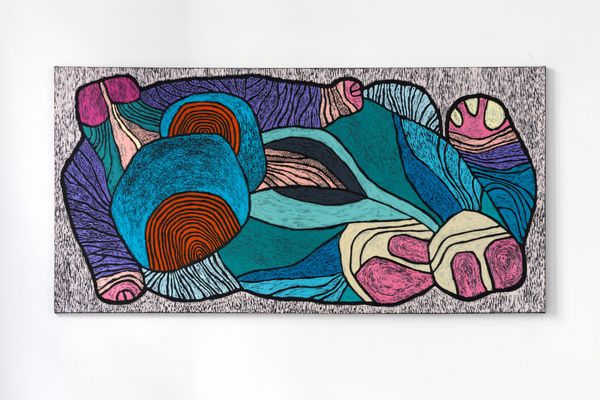
art+design | Attila Kertész
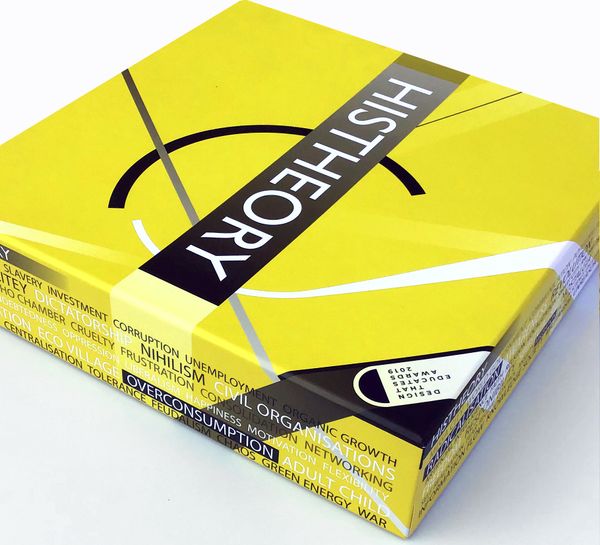
A boardgame that could revolutionize education | Histheory
